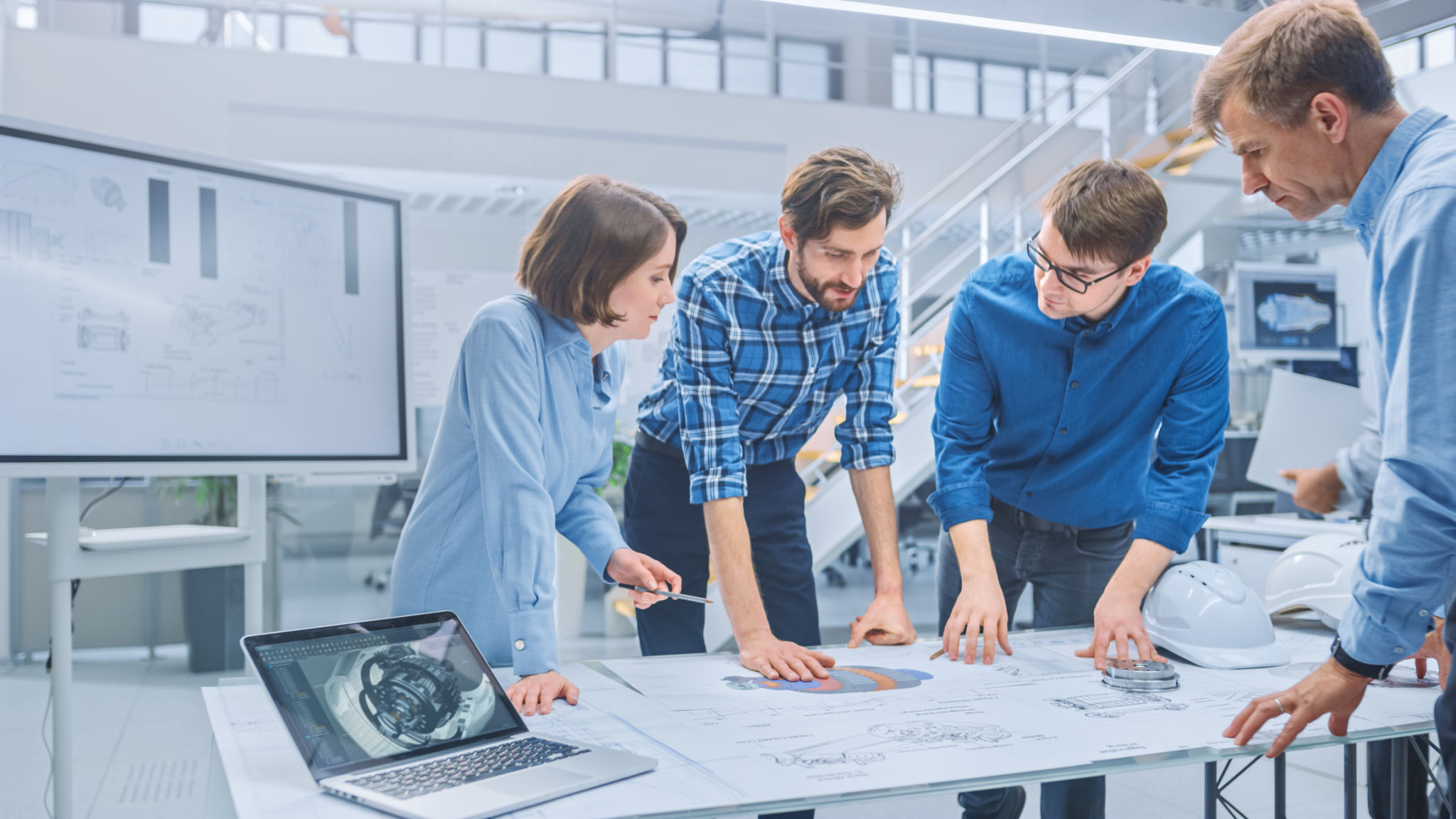Understanding Industrial Design: Common Misconceptions Debunked
What is Industrial Design?
Industrial design is a professional practice that focuses on creating products that are both functional and aesthetically pleasing. It involves a blend of art and engineering to develop designs that are not only innovative but also practical for everyday use. Unlike other fields, industrial design emphasizes the user experience, ensuring that products are intuitive and enjoyable to use.
Despite its significance, industrial design is often misunderstood. Many people have preconceived notions about what it entails, leading to several misconceptions. In this blog post, we'll debunk some of the common myths surrounding industrial design.

Misconception 1: Industrial Design is Only About Aesthetics
One of the most common misconceptions is that industrial design is solely about making products look good. While aesthetics are important, they are just one part of the equation. Industrial designers must consider functionality, user experience, and ergonomics.
The goal is to create products that not only appeal visually but also enhance usability and performance. This involves extensive research, prototyping, and testing to ensure that designs meet the needs and expectations of users.
Misconception 2: Industrial Design is the Same as Engineering
Another prevalent misconception is that industrial design and engineering are identical disciplines. While they often work closely together, they serve different purposes. Engineering focuses on the technical aspects of product development, such as materials, mechanics, and manufacturing processes.
In contrast, industrial design is concerned with the overall user experience and appearance of a product. Designers and engineers collaborate to ensure that a product is both functional and appealing, balancing technical feasibility with creative vision.

Misconception 3: Industrial Designers Work Alone
Many people believe that industrial designers work in isolation, crafting their ideas from start to finish. In reality, industrial design is a highly collaborative process. Designers work with various stakeholders, including engineers, marketers, and clients, to develop products that meet diverse needs.
This collaboration ensures that all aspects of a product are considered, from concept to production. Input from different team members helps refine ideas and improve the final product, resulting in a more successful and market-ready design.

Misconception 4: Industrial Design is Only for Consumer Products
While consumer products like smartphones and furniture are often associated with industrial design, the field encompasses a much broader range of applications. Industrial designers also work on medical devices, transportation systems, and industrial equipment.
These projects require specialized knowledge and skills to address unique challenges, such as safety standards and technical constraints. By applying their expertise across various industries, industrial designers contribute to advancements in technology and innovation.
The Importance of Understanding Industrial Design
Understanding the true scope and purpose of industrial design is crucial for appreciating its impact on our daily lives. By debunking these misconceptions, we hope to shed light on the valuable role that industrial designers play in shaping the world around us.
Their work extends beyond aesthetics, influencing how we interact with technology and navigate our environments. As you encounter products in your everyday life, consider the thoughtful design choices that enhance their functionality and appeal.
